Leading Causes Of Muscle Twitches And Spasms
Muscle twitches and spasms affect many individuals. The positive about this, of course, is that most muscle twitches are common and normal. However, some muscle twitches and spasms are signs of a serious disorder or emergency medical condition. A wide variety of conditions can be causing an eyelid that will not stop twitching or a calf muscle that aches so badly. There are certain individuals who experience intense foot cramping that feels as if their bones will break. Whether twitches and spasms are being caused by something as innocuous as stress or something more neurological, there is hope for treatment.
Stress

Stress and anxiety are a common cause of muscle spasms and twitching. Simply put, stress often leads to muscle tension, which puts a strain on the muscles and causes them to spasm. These twitches may be daily or only on certain stressful occasions. A great way to combat stress is to practice meditation and be mindful of the tension in one's body. It is easy to tense up the muscles without realizing it, including facial muscles and shoulders. Anxiety also leads to extra electrical impulses in the brain, which sends it down to the nerves and causes shaking and twitches. The good news is that this is one of the most common causes of this condition; many suffer from it and it can be easily treated with therapy, medications, meditation, and muscle-relaxant techniques.
Caffeine

Caffeine is a famous cause of muscle conditions. Caffeine is a stimulant, not just a byproduct of many individual's favorite drinks and food, and can cause side effects. It is, of course, in coffee and tea but also in chocolate, energy drinks, soft drinks, and some medications. The side effects of caffeine include muscle spasms, twitching, nervousness, headaches, abnormal heartbeat, and restlessness. It also has diuretic symptoms, which means it leads to frequent urination. Caffeine can also cause eye twitches.
So how much is too much caffeine? Generally, the maximum amounts are four hundred milligrams per day for a healthy adult, two hundred milligrams for pregnant women, and one hundred milligrams for adolescents. A twelve-ounce serving of coffee has 260 milligrams and twelve ounces of soda has thirty to seventy milligrams. It is recommended for an individual to wean off of caffeine slowly, however, as quitting cold turkey can cause drowsiness, headaches, and nausea.
Low Potassium
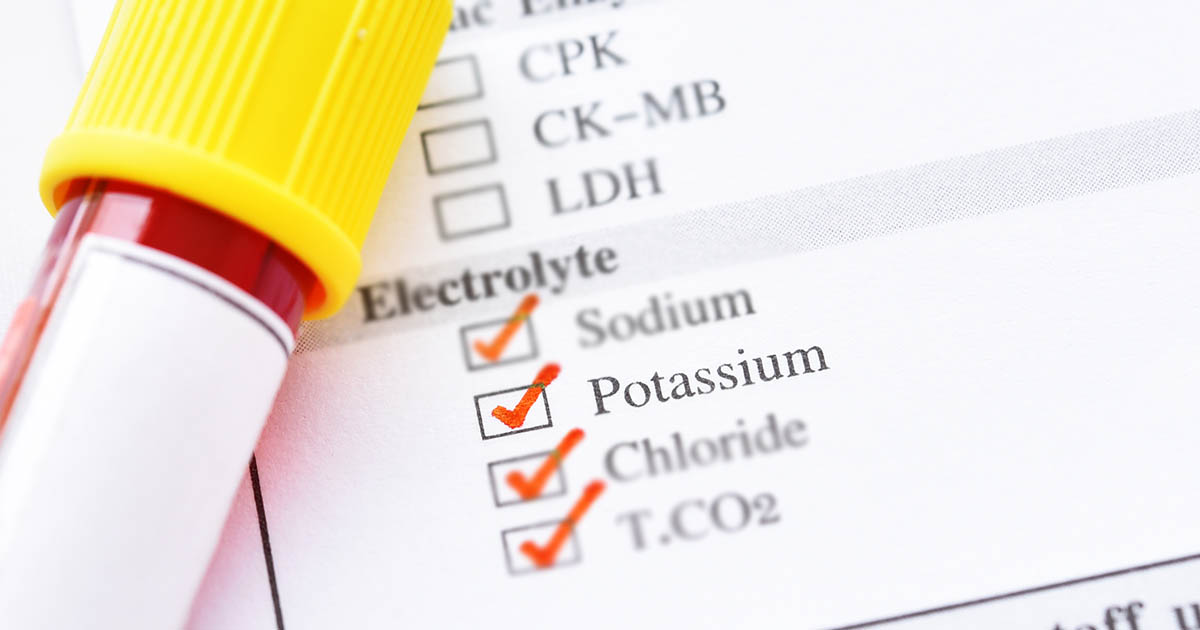
Low potassium is also known as hypokalemia. Potassium is a mineral the body needs to work properly. It helps the muscles to move, gives cells nutrients, and aids nerves in sending signals. Potassium also protects blood pressure from rising too much. Muscle cramping is just one symptom of hypokalemia; others include weakness, fatigue, and heart arrhythmias. Severe cases of low potassium can lead to paralysis and death. This is caused by a wide variety of conditions such as vomiting, sweating too much, consuming too much alcohol, certain medications, folic acid deficiency, diabetic ketoacidosis, poor kidney or adrenal gland function, and conditions such as Cushing's syndrome.
Restless Leg Syndrome

Restless leg syndrome is a disorder of the nervous system that causes a severe urge to move the legs. It usually prevents proper sleeping so it is also considered to be a sleeping disorder. This condition can range from mild to intolerable, and symptoms include a strange itching or tingling or crawling sensations inside the legs and perhaps also in the arms. Those with restless leg syndrome feel restlessness and a strong urge to move the limbs to get rid of these sensations. They may also pace on the floor, rub the legs, or toss and turn in bed. Symptoms can come and go but are generally worse in the evenings and at nighttime.
Multiple Sclerosis
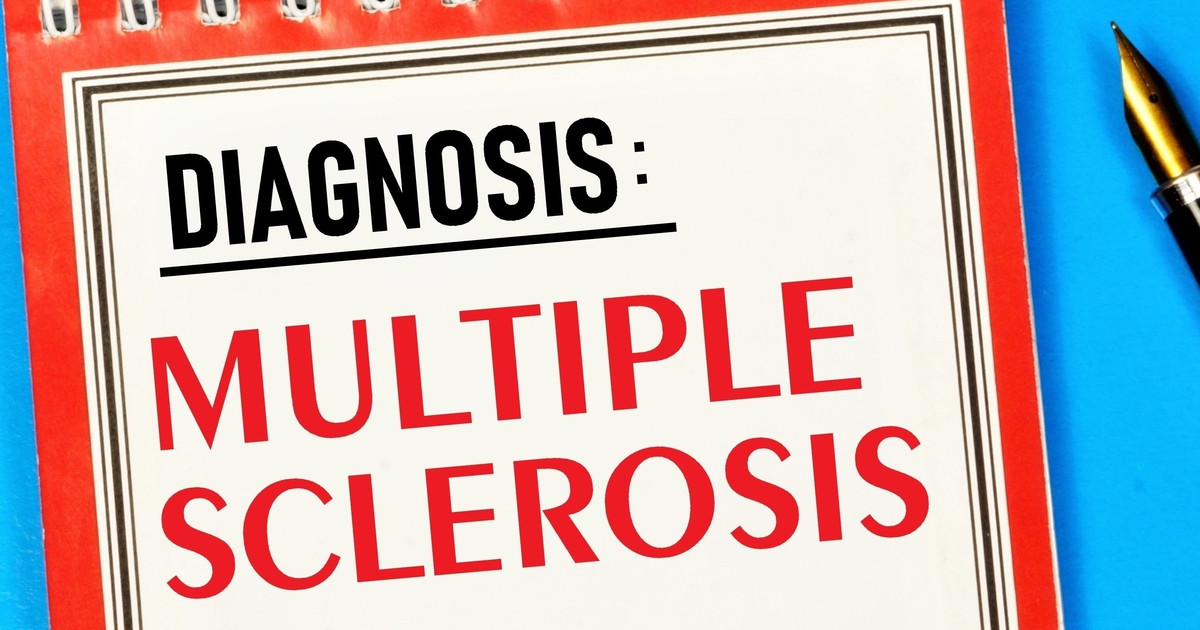
Multiple sclerosis is a serious neurological disease. It is essentially a disorder of the central nervous system in which the flow of information within the brain and between the brain and body is disrupted. Due to this, the symptoms list is extremely lengthy. Symptoms differ from patient to patient and along the course of the disease.
Common symptoms are numbness or weakness in one or more limbs, typically on one side of the body at a time, or in the legs and bottom. Vision problems are common and include partial or complete loss of vision, again usually in one eye at a time. The list also includes prolonged double vision, slurred speech, fatigue, tremor or lack of coordination, unsteady gate, tingling or pain in parts of the body, dizziness, and problems with bowel and bladder function.
Seizures

Seizures are not always the grand twitching and fainting events seen on television, and they can be much more subtle and consist only of a few muscle twitches or a slight turn of the head. A seizure could even appear as a visual disturbance that only the patient can sense. Seizures are due to abnormal activity in the brain. There are many different types of seizures and epilepsy, and there are opposite symptoms that one may have. They usually last from a few seconds to a few minutes. One can lose consciousness, remain alert, stare into space, or fall to the ground. However, as one may only have a single symptom, it is best to consult a doctor for further testing.
Exercise

Muscle spasms can also be caused by exercise, as they may have been overworked when beginning an exercise program or after a lengthy break. Dehydration can also happen easily after a workout, especially if the weather is hot or the workout is strenuous. In order to prevent muscle spasms from exercising, it's important to simply build up to a workout rather than pushing too hard immediately. Additionally, individuals should ensure they consume proper liquids, including drinking an electrolyte-containing beverage to replace salts lost during sweating. These exercise muscle cramps are a sign to take preventative measures before and after exercise to ensure a healthy and pain-free body.
Medications

There are a number of medications that can cause muscle twitches and spasms. It is an unfortunate reality that many important medicines can cause annoying or painful side effects. The medications with a high risk of causing leg cramps are certain asthma medications and diuretics, but countless others can have muscle twitches and spasms as even a low-risk side effect. That said, no one should cease taking a medication without first consulting a doctor. Doctors may prescribe alternative medicines or give treatment for the muscle spasms should the medication have no substitute.
All Other Conditions
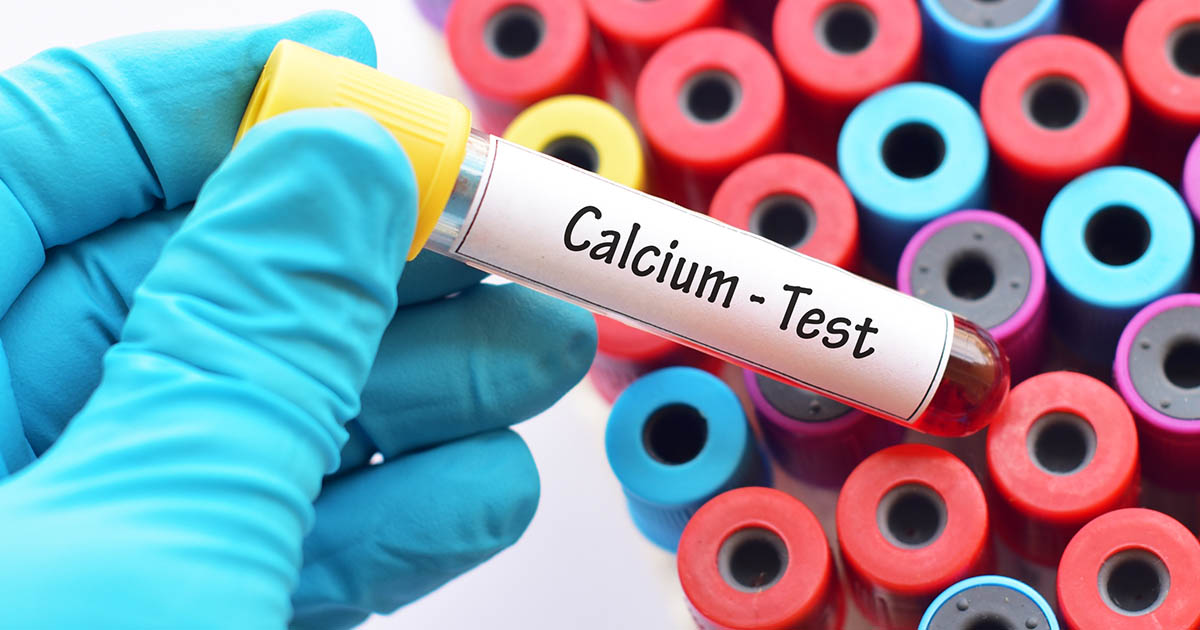
Many conditions may cause muscle twitches and spasms besides the ones listed. Magnesium and calcium deficiencies can also cause muscle problems, as can conditions such as kidney disease. Neuropathy, nerve damage, can also be a cause, as well as an autoimmune disorder called Isaacs' syndrome. Taking water pills (diuretics) for a variety of conditions can also cause spasms by an individual urinating a lot and causing an electrolyte imbalance. Muscle twitches in general mean there is an imbalance or medical condition that must be corrected or treated.
Dehydration

As hinted at earlier, muscle spasms and twitches are often caused by dehydration, which occurs when the individual has not consumed enough water, leading their body to retain less water than it needs. Severe dehydration can lead to potentially life-threatening conditions. Individuals are more likely to become dehydrated in hot weather and while exercising. In addition to lack of fluids, the depletion of electrolytes can lead to muscle spasms. If electrolytes are depleted, it may help to hydrate by using electrolyte-rich sports drinks. Muscle cells need magnesium, calcium, potassium, sodium, glucose, and water to function normally. If any of these are in short supply, the muscle can spasm and cramp because it's unable to function normally.
Atherosclerosis
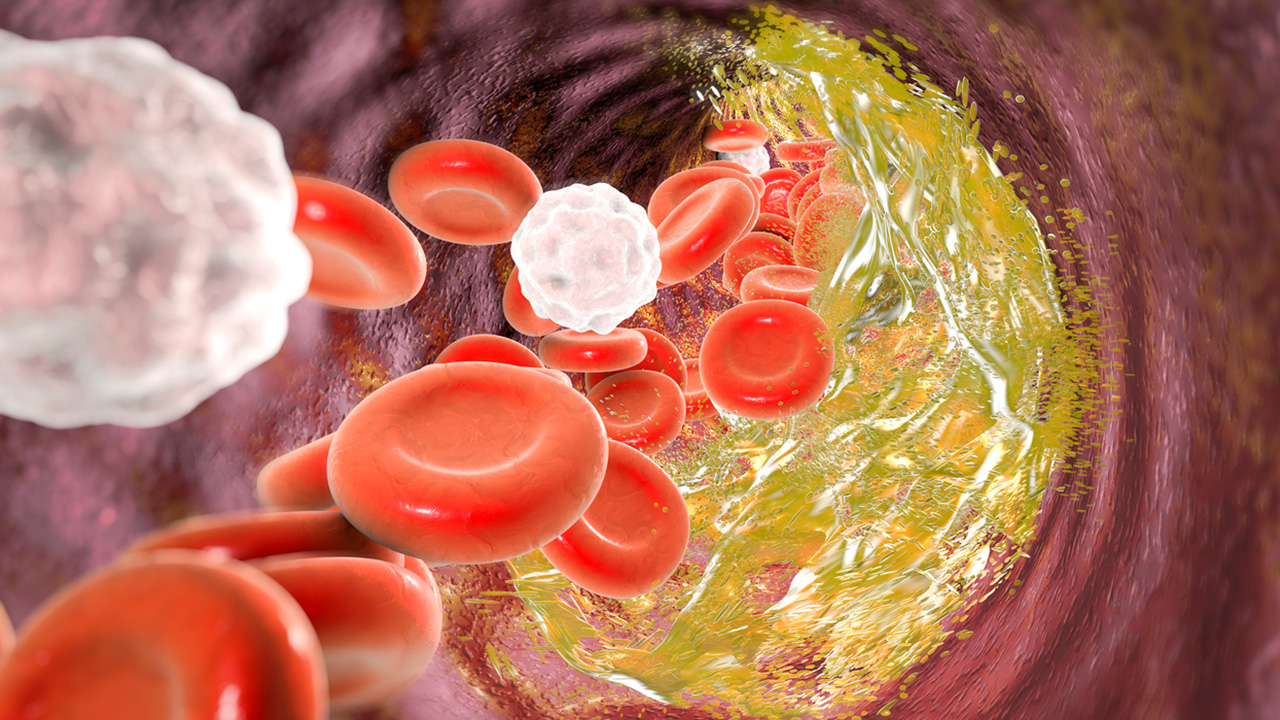
Atherosclerosis is a condition that can cause muscle cramping and spasming. This condition, also known as peripheral artery disease, occurs when the arteries become narrowed. The muscle problems happen when the narrowed arteries cause improper blood flow, leading to a lack of nutrients being delivered to the muscle cells. Because atherosclerosis often increases blood flow in the legs, physical activity may cause pain and cramping in the leg muscles. Multiple factors can increase an individual's risk of developing atherosclerosis, including inactivity, hypertension, smoking, diabetes, and high cholesterol levels in the blood. Other symptoms vary depending on the severity of the narrowing and potential blockages, along with the locations where the narrowing and blockages occur.
Obesity

Some research indicates obesity can cause pain, including muscle twitching and spasming. This appears to be true even in individuals who don't have any other health issues. Many chronic conditions occur more commonly in those who are overweight, including type 2 diabetes, back pain, fibromyalgia, depression, and arthritis. In one study, when compared to individuals of average weights, those with a body mass index (BMI) of 25 to 29 had around twenty percent more pain. With a BMI between 30 and 34, that increased to sixty-eight percent.
BMIs between 35 and 39 reported around 136 percent more instances of pain, and when the BMI reached 40 or more, people reported around 254 percent more pain. While researchers aren't exactly sure what causes the relationship between obesity, muscle spasms, muscle twitching, and overall pain, they believe it may be related to the way fat cells can create inflammation-increasing chemicals.
Diabetes
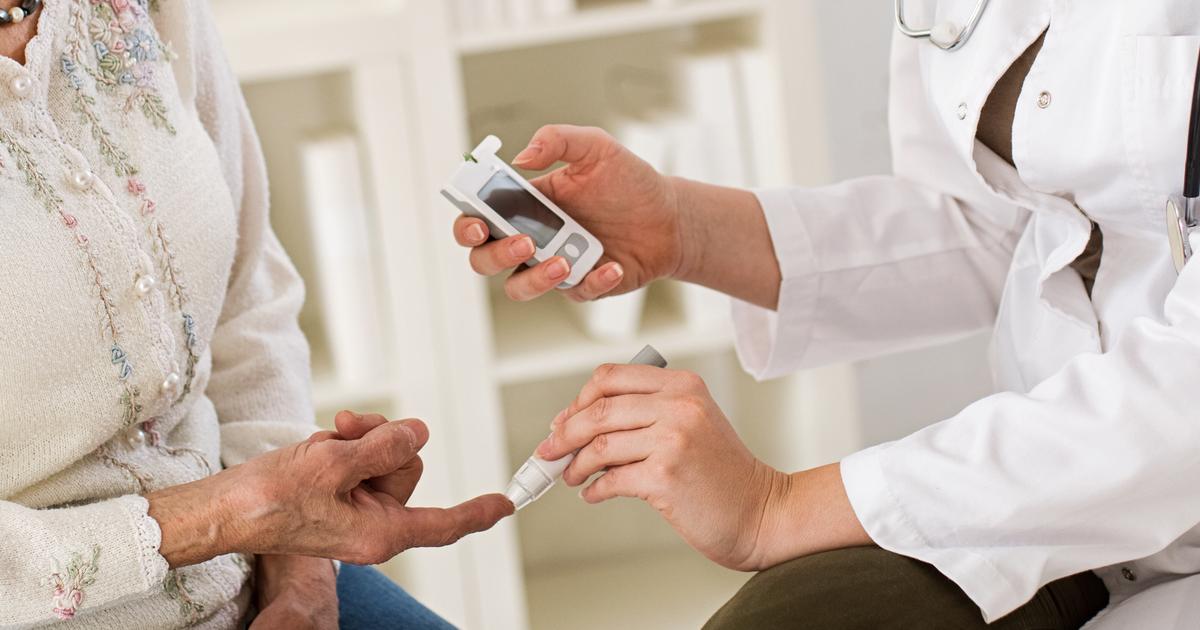
Diabetes patients tend to have more muscle cramps than those without diabetes. There seems to be about the same rate of cramping in those with diabetes I and diabetes II. Several factors contribute to muscle cramping. When the glucose levels in the blood are too high or too low, it leads to spasms in the muscles. For muscles to relax and contract properly, they need the right level of glucose and balanced electrolytes. Nerve damage can also lead to muscle cramps, as can poor circulation. Certain medications that treat diabetes can cause muscle spasms as a side effect. Treatment varies depending on the cause and may include treatment for neuropathy and dietary supplements.
Acid Reflux

Acid reflux has been associated with specific muscle spasms called esophageal spasms. These spasms cause painful contractions in the esophagus. An esophageal spasm might feel like sudden and severe pain in the chest. The episodes can last anywhere from several minutes to several hours. Most individuals only experience these spasms occasionally, and some might not require treatment. However, if the spasms occur more frequently, they might prevent drink and food from properly moving through the esophagus. If an individual experiences acid reflux symptoms like the return of their food and drink up their throat, they might also be experiencing esophageal spasms.
